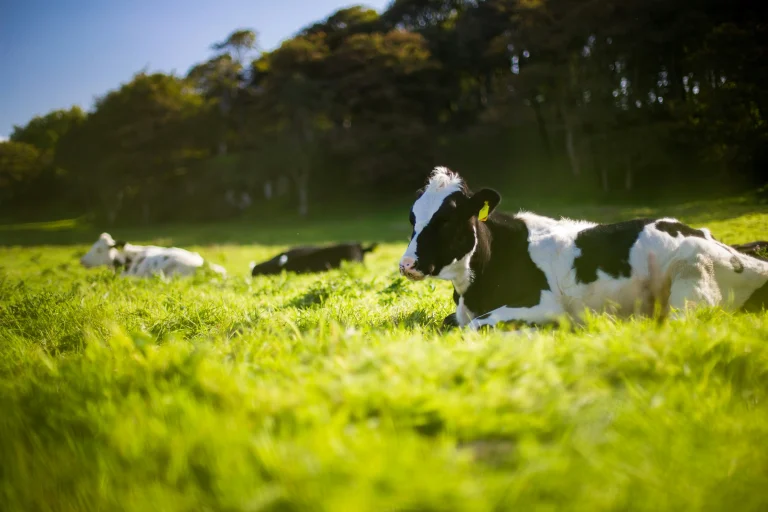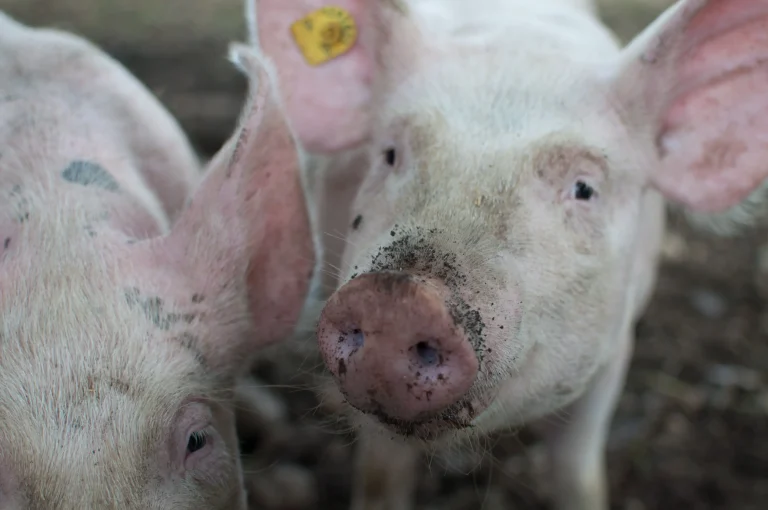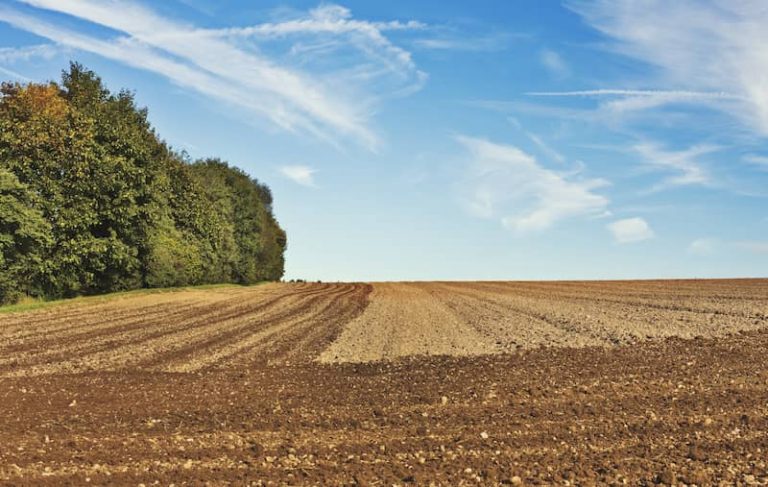A robotic rover that combines autonomous vegetable harvesting with in-field soil analysis could help growers worldwide tackle labour shortages, input costs, and sustainability targets in one go.
The rover, designed by researchers in Bangladesh, uses deep learning models, computer vision, and sensor technology to detect ripe vegetables and analyse soil for nitrogen, phosphorus, and potassium levels. The team said it is the first system to integrate those functions in one field-ready unit.
Writing in the journal PLOS ONE, the researchers said the robot combines several functions usually spread across different machines. Its on-board camera uses image recognition to detect tomato ripeness, guiding a six-degree-of-freedom mechanical arm equipped with a claw to harvest the fruit.
Meanwhile, the same arm can deploy an NPK sensor to analyse the nutrient content of the soil in real time. The system uses low-cost mini-computers to process the data and control the robotic arm, and can be operated remotely via Wi-Fi.
The researchers said the design addresses a gap in precision farming where many commercial platforms perform harvesting or scanning, but few combine multiple tasks.
Previous approaches were “developed to serve only one sole purpose,” they wrote, whereas their system is “a comprehensive system focusing on vegetable monitoring, ripeness detection using deep learning, automated harvesting, and growth monitoring using soil analysis”.
The robot’s detection model, trained on 500 annotated images of tomatoes, achieved a precision of 85.2% and a recall of 76.2% using a computer-vision algorithm (YOLOv5) trained to recognise ripe fruit.
These figures are considered strong for in-field detection, where lighting, occlusion and background noise often undermine computer vision accuracy.
Focus on affordability
According to the team, a major goal was to create a system affordable and applicable to smallholder farmers in countries like Bangladesh, where interest in smart agriculture is growing but technological adoption remains limited.
They opted for analytical rather than computationally expensive numerical techniques for the robot arm’s inverse kinematics to keep hardware and energy requirements low.
“Our country is yet to completely embrace these innovative breakthroughs,” the authors wrote. “Even though agriculture is the backbone of our nation’s economy, most farmers are unaware of the latest developments in farming technology”.
Potential impact for growers
While the system is still in prototype phase, the authors are hopeful it can make a difference to growers around the world, helping to reduce reliance on manual labour and cut fertiliser costs by improving application precision.
“The developed robotic system can be a great smart assistant to the farmers reducing manual pressure,” they wrote. “Some upgrades will make the system useful for detecting disease and harvesting other kinds of vegetables or crops”.
The researchers add that the rover could contribute to global sustainability goals, including SDG 2 (Zero Hunger), by helping optimise yields while reducing environmental footprint. In areas where agricultural labour is in decline — either due to urban migration, ageing populations, or economic pressure — multi-function robots like this could offer a new form of resilience.
The team has made its YOLOv5 training dataset publicly available and say the design is open access to encourage replication and further development.
Key takeaways
- Bangladeshi researchers have designed and built a prototype rover that combines autonomous vegetable harvesting with real-time soil nutrient analysis.
- The system uses AI and low-cost mini-computers to identify ripe tomatoes and deploy onboard NPK sensors for soil testing.
- It addresses a gap in precision agriculture by integrating two key functions normally performed by separate machines.
- Initial field trials indicate strong detection accuracy (85.2% precision / 76.2% recall) even in complex farm environments.
- While still in the prototype phase, the rover could help farmers reduce labour costs and optimise fertiliser use across global horticulture sectors.
Want to read more stories like this? Sign up to our newsletter for bi-weekly updates on sustainable farming and agtech innovation.











